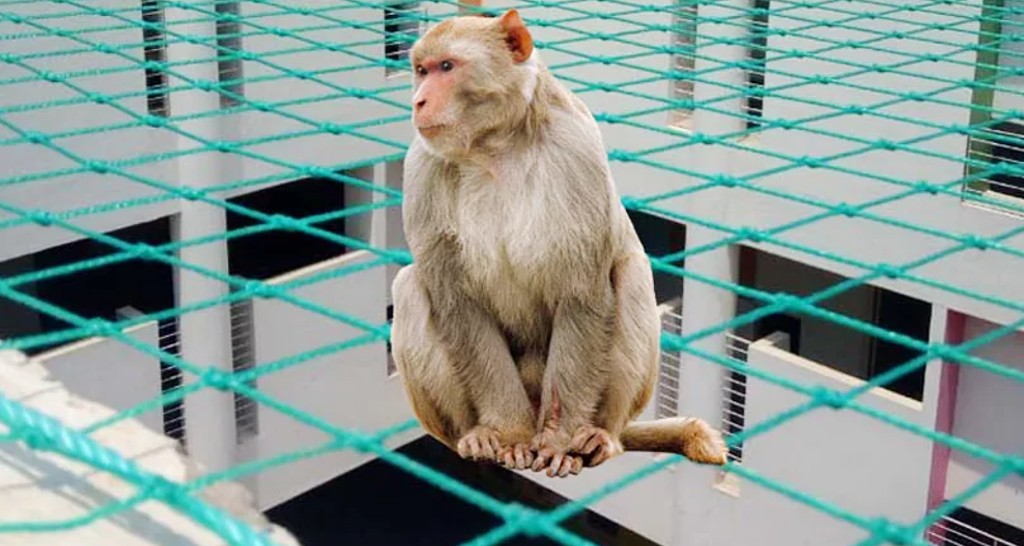Monkey safety nets are vital tools in safeguarding both primates and human populations in areas where these intelligent creatures coexist with urban environments or infrastructure. These nets act as barriers, preventing monkeys from accessing hazardous locations such as power lines, construction sites, or busy roads where they may encounter significant risks to their safety. By installing these nets strategically, communities can mitigate potential conflicts between humans and monkeys while also preserving the natural habitat of these animals.
One of the key advantages of monkey safety nets is their versatility in application. Whether draped over power lines to prevent electrocution or installed around buildings to deter primates from entering, these nets offer a non-invasive solution to protect both the monkeys and the infrastructure. Moreover, their durable construction ensures longevity and effectiveness, providing a sustainable solution for mitigating conflicts between humans and wildlife.
In addition to safeguarding monkeys, these nets also contribute to the broader goal of wildlife conservation. By reducing the incidence of human-wildlife conflicts and preventing injuries or fatalities among primate populations, these nets support efforts to maintain biodiversity and promote harmony between humans and nature. Furthermore, by raising awareness about the importance of coexisting with wildlife and implementing practical solutions like safety nets, communities can foster a culture of environmental stewardship and responsible development for future generations.
